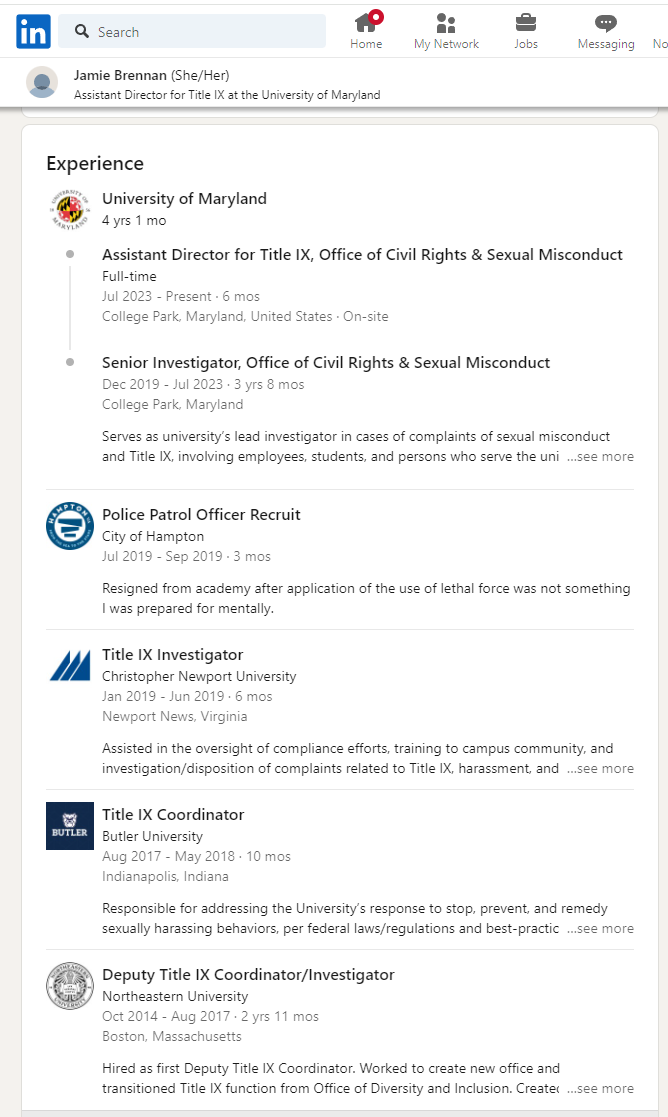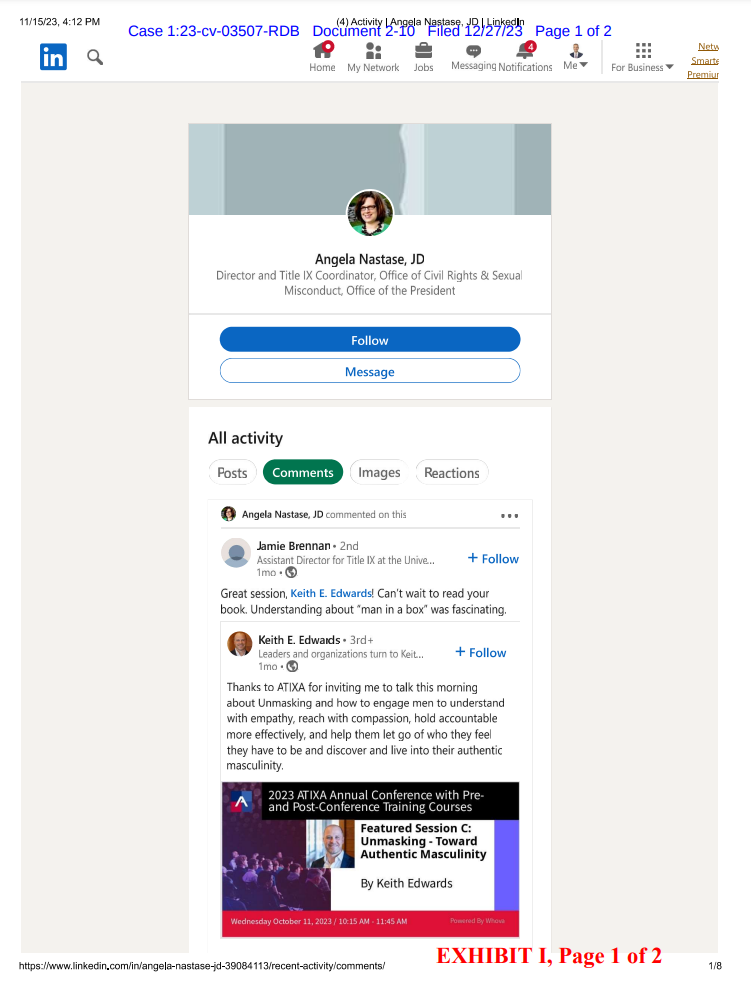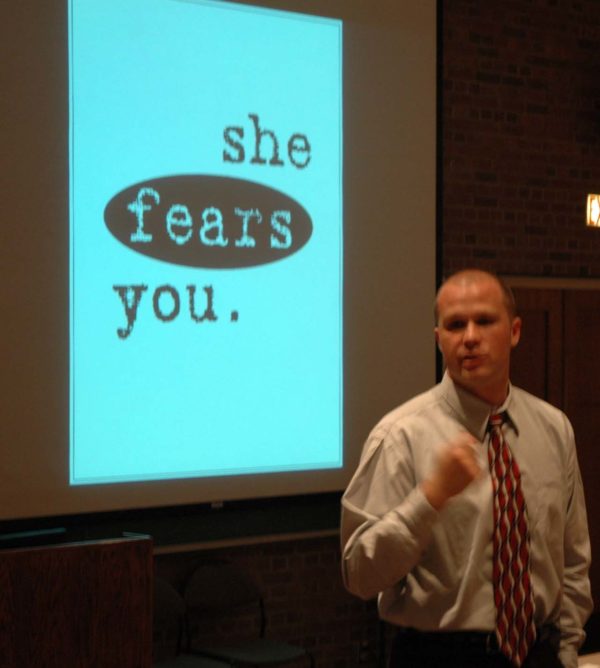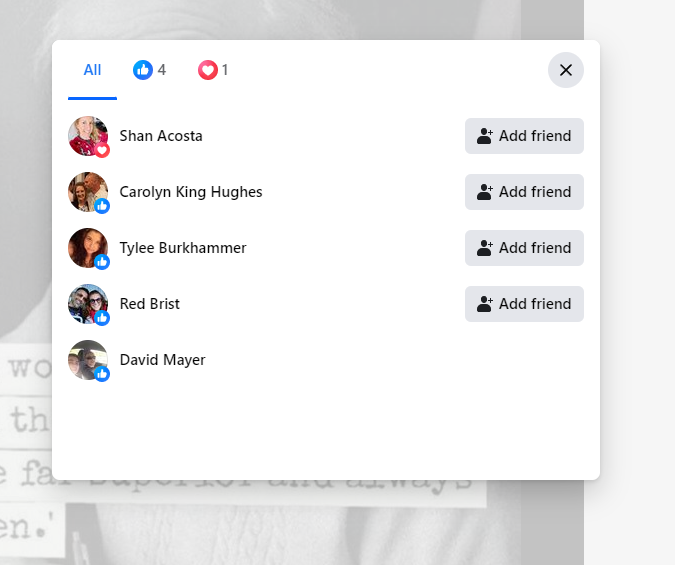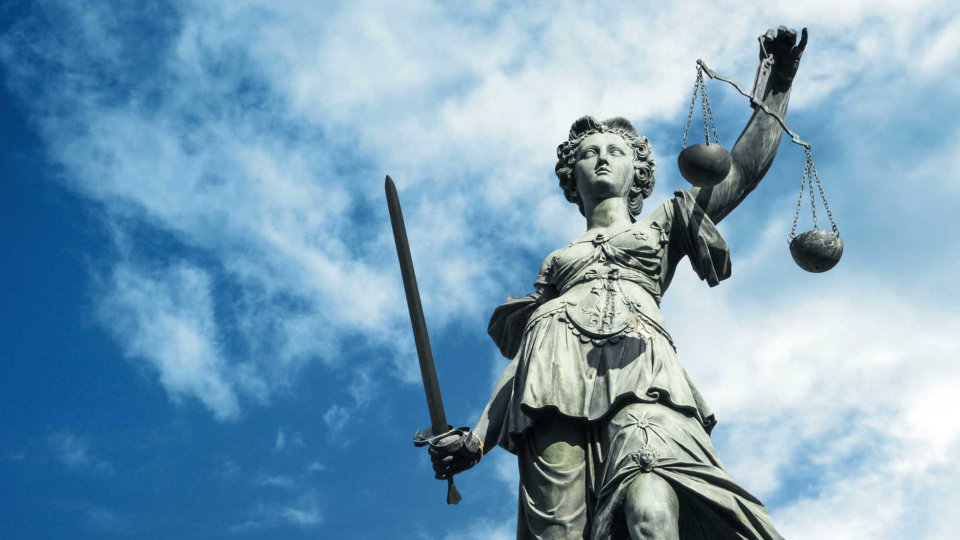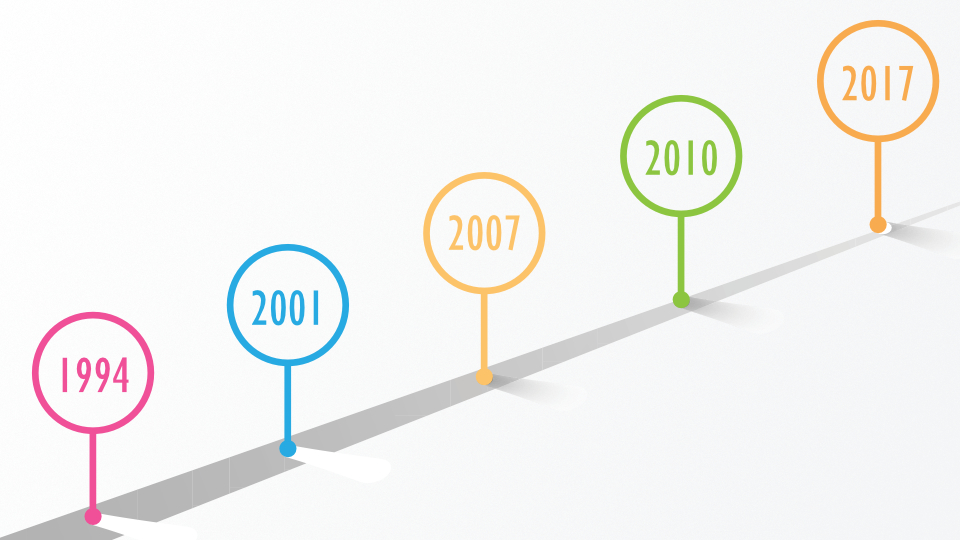Should people who go out of their way to state or affirm that one biological group is “not equal,” but “far superior” to another be employed as senior officers charged with coordinating and executing large-scale institutional efforts against discrimination involving those two groups?
I hope the answer is obvious, especially when:
- They are entrusted with powers that – if misused – could substantially harm the lives of members of the group they believe are inferior, and
- They have been accused in federal lawsuits of doing exactly that.
Jamie D. Brennan is currently an Assistant Director for Title IX at the University of Maryland, a school sued at least five times in the last seven years by accused students. Previously, she was a Senior Investigator at UMD’s Office of Civil Rights & Sexual Misconduct.
Brennan has been named in a recent lawsuit, Doe v. University of Maryland, filed on December 27th and added to our Title IX Lawsuits Database. This lawsuit alleges UMD student John Doe was accused of sexual assault and then unfairly punished by the university after a flawed and biased disciplinary proceeding in which Brennan served as the lead investigator. Doe’s complaint lists over two dozen examples supporting his claims that the disciplinary outcome was incorrect, and that incorrect outcome was the result of gender bias. I will post a general writeup of the lawsuit soon, but here I will highlight Brennan’s role.
As evidence for UMD’s biased investigation, one of Doe’s exhibits is an image Brennan uploaded to her personal Facebook page in March of 2018 in honor of National Women’s Day. It is an image of Nobel Prize winner William Golding with a quote that says, “I think women are foolish to pretend they are equal to men, they are far superior and always have been.” Here it is:
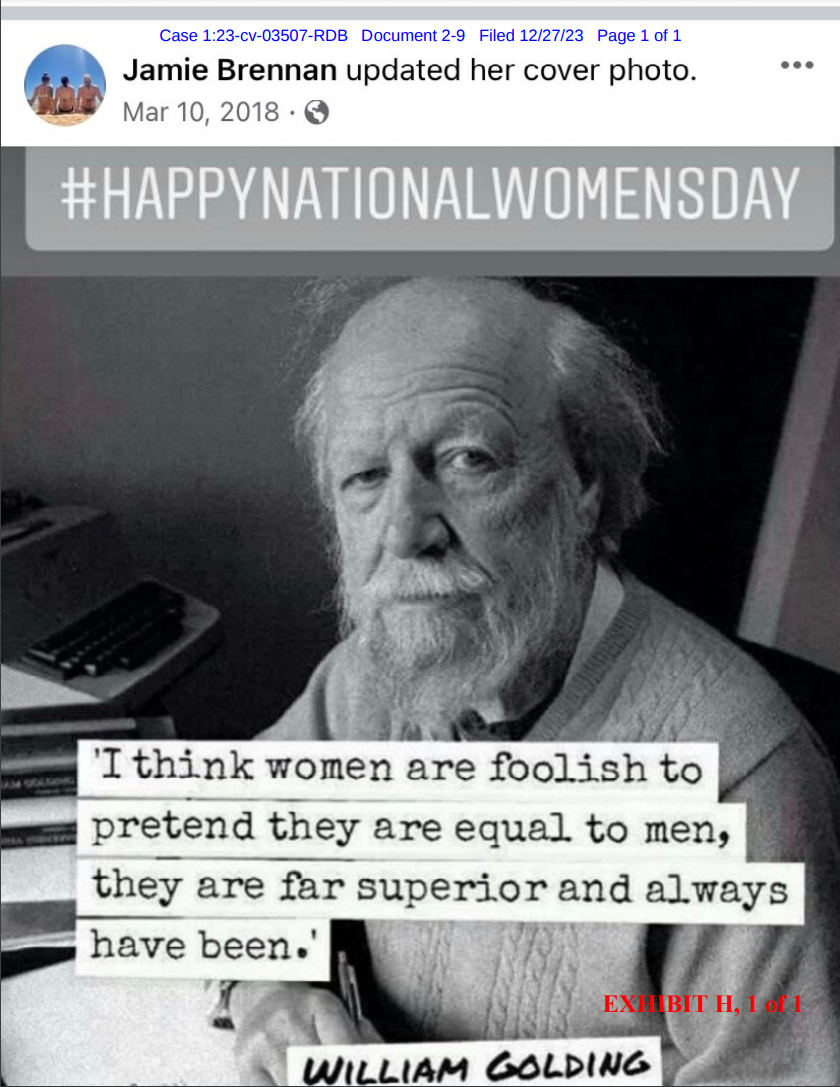
Of course, this is inappropriate for Title IX investigators who are supposed to be unbiased. Investigators like Brennan pose a double danger: not only are they more likely to contribute to the punishment of a wrongly accused student, but they also cast significant doubt on disciplinary proceedings that may have yielded the correct result. Any disciplinary proceeding that relies upon Brennan cannot itself be relied on to produce the correct result.
Matching the time of her Facebook post with her LinkedIn timeline, Brennan made the post while she was still a Title IX Coordinator at Butler University, before she was hired as a Title IX investigator at Christopher Newport University, and before she worked as a police officer.
The police officer position is unusual for a Title IX administrator’s background. Brennan states that she resigned from this position “after application of the use of lethal force was not something I was prepared for mentally.” It seems difficult to read this any other way than Brennan stating she killed someone – likely a man – while on the job? If anyone has more information on this, please let us know.
Doe’s complaint further speaks to Brennan’s training and her role as an investigator in his case:
Investigators are supposed to “identify discrepancies” in the stories and “ask the hard questions.” As previously mentioned, in this case there were several discrepancies for which there was no follow-up and certainly no “hard questions.”
According to that same training, investigators are supposed to collect evidence such as text messages, social media, emails, memos or other documents, photographs, receipts, device logs, surveillance video, building access records, Wi-Fi connection records, and other sources. In this case, the Investigators were aware of additional text messages, social media, memos, photographs, receipts, and other sources, such as police paperwork, body camera video recording(s), and 911 call(s), but made no attempt to secure any of this evidence.
Records from the police reports filed by Roe were included in the investigative file only because Doe’s attorney-advisor obtained them and submitted them to the Investigators. Indeed, in Brennan’s hearing testimony, which lasted just 25 minutes, she conceded that the Investigators never made any attempts to secure any objective documentation about this allegation.
Nor did they ever attempt to rectify the incomplete or inconsistent evidence provided by the witnesses—all of whom were friends of Roe. Nor did they ever attempt to obtain additional evidence—specifically additional photographs and text messages—that the witnesses have since admitted still exist.
When asked to explain her conduct, Brennan retorted, “that was not something we sought to obtain.”
Exhibit I of the lawsuit also notes that Brennan attended the “Man in a Box” session by Keith Edwards at the Association for Title IX Administrators’ twelfth annual conference:
I agree with Edwards’ LinkedIn post that some unmasking needs to be done, although we may disagree on how…inclusive the unmasking should be. But what was his “Man in a Box” session that Brennan found so captivating? We find our answer in Exhibit J of Doe v. University of Maryland. In Edwards’ words:
MAN IN A BOX – THE TRADITIONAL DEFINITION OF MASCULINITY
Traditional Hegemonic Definition of Masculinity (THDM) is a wordy way of describing the external expectations of men that society places on us. This definition is “traditional” in that it is rooted in long held cultural ways of defining what it means to be a man. It is “hegemonic” in that is places men above people of other genders AND some men above other men. It defines some men above other men in the ways it intersects with classism, racism, homophobia, anti-Semitism, and other forms of oppression.
While Edwards has been around for a while, it is understandable if you are not familiar with him. He was much more visibly active ten to twenty years ago. His work is an old hat at this point, retreading the ground that other “profeminists” (male “allies” of feminism) like Jackson Katz did decades before him: advocating how we can all help overcome the masculinity that contributes to so much violence and evil in the world, including and especially violence against women.
Not only does Edwards’ work fail to add anything new, but it is also more unproductive for Title IX practitioners in the current environment given that (1) male students are much more litigious than twenty years ago, and (2) Edwards’ work involves negative and selective sex stereotyping of men specifically. We can, for example, understand how someone like Brennan would be attracted to advocacy that paints masculinity as toxic, violent, and so forth, and how Brennan and Edwards would both wind up as exhibit buddies in a gender bias lawsuit.
My introduction to Edwards was his “She Fears You” presentations on college campuses back in 2010. As FIRE has documented, first-year male students were compelled to attend. Here is a photo:
It is worth mentioning that no one who hosts or appreciates discussions of “oppressive, hegemonic, or toxic masculinity” also appreciates a counterpart discussion of sorts regarding “toxic femininity.” You will not see Title IX practitioners on LinkedIn or Facebook extolling an insightful talk they attended about how “mean girling” and “damseling” contributes to false accusations of rape and domestic violence, or gendered violence against men, for example.
That is not to say our leading institutions should negatively stereotype women as much as they do men. It is possible (and in my view the most productive option) for them to simply not stereotype any group. At minimum, they should not engage in selective sex stereotyping, a biased and unproductive combination.
Returning to Brennan’s Facebook page, we examine something unexplored in the lawsuit: those who “liked” her post:
All of them appear to be unconnected with higher education except one: Carolyn King Hughes, the current Director of the Office of Equity, Civil Rights, and Title IX at Baylor University. She has been in her current position since 2020, but her career in student affairs goes back twenty years.
Hughes was accused of gender bias in 2019 in a lawsuit by Corneliu Bolbocean, a male professor who was found responsible for sexual assault in a proceeding where Hughes served as the investigator. Bolbocean provides evidence – some of it compelling, some of it unverifiable – that the environment at Baylor in general and the proceedings against him in particular were biased against men. There were no judicial opinions in this lawsuit that could provide more insight, however; Baylor simply filed an answer to Bolbocean’s complaint, and the parties settled during discovery in 2021.
Bolbocean’s lawsuit did not refer to Hughes’ social media activity of “liking” Brennan’s post, likely because it is difficult if not impossible to search for someone’s “likes” on Facebook. Going forward, if an accused male student or professor has been the subject of an investigation and Brennan or Hughes is involved, he may feel free to use the materials in the links below when raising objections, filing appeals, or submitting exhibits for a Title IX lawsuit.
Materials
- Complaint, Doe v. University of Maryland, College Park
- Exhibit H
- Exhibit I
- Exhibit J
- Facebook Screenshots: Facebook Likes, Carolyn Hughes
- LinkedIn Screenshots: Jamie Brennan, Carolyn Hughes
Thank You for Reading
If you like what you have read, feel free to sign up for our newsletter here:
About the Author
Related Posts
Should people who go out of their way to state or affirm that one biological group is “not equal,” but “far superior” to another be employed as senior officers charged with coordinating and executing large-scale institutional efforts against discrimination involving those two groups?
I hope the answer is obvious, especially when:
- They are entrusted with powers that – if misused – could substantially harm the lives of members of the group they believe are inferior, and
- They have been accused in federal lawsuits of doing exactly that.
Jamie D. Brennan is currently an Assistant Director for Title IX at the University of Maryland, a school sued at least five times in the last seven years by accused students. Previously, she was a Senior Investigator at UMD’s Office of Civil Rights & Sexual Misconduct.
Brennan has been named in a recent lawsuit, Doe v. University of Maryland, filed on December 27th and added to our Title IX Lawsuits Database. This lawsuit alleges UMD student John Doe was accused of sexual assault and then unfairly punished by the university after a flawed and biased disciplinary proceeding in which Brennan served as the lead investigator. Doe’s complaint lists over two dozen examples supporting his claims that the disciplinary outcome was incorrect, and that incorrect outcome was the result of gender bias. I will post a general writeup of the lawsuit soon, but here I will highlight Brennan’s role.
As evidence for UMD’s biased investigation, one of Doe’s exhibits is an image Brennan uploaded to her personal Facebook page in March of 2018 in honor of National Women’s Day. It is an image of Nobel Prize winner William Golding with a quote that says, “I think women are foolish to pretend they are equal to men, they are far superior and always have been.” Here it is:

Of course, this is inappropriate for Title IX investigators who are supposed to be unbiased. Investigators like Brennan pose a double danger: not only are they more likely to contribute to the punishment of a wrongly accused student, but they also cast significant doubt on disciplinary proceedings that may have yielded the correct result. Any disciplinary proceeding that relies upon Brennan cannot itself be relied on to produce the correct result.
Matching the time of her Facebook post with her LinkedIn timeline, Brennan made the post while she was still a Title IX Coordinator at Butler University, before she was hired as a Title IX investigator at Christopher Newport University, and before she worked as a police officer.
The police officer position is unusual for a Title IX administrator’s background. Brennan states that she resigned from this position “after application of the use of lethal force was not something I was prepared for mentally.” It seems difficult to read this any other way than Brennan stating she killed someone – likely a man – while on the job? If anyone has more information on this, please let us know.
Doe’s complaint further speaks to Brennan’s training and her role as an investigator in his case:
Investigators are supposed to “identify discrepancies” in the stories and “ask the hard questions.” As previously mentioned, in this case there were several discrepancies for which there was no follow-up and certainly no “hard questions.”
According to that same training, investigators are supposed to collect evidence such as text messages, social media, emails, memos or other documents, photographs, receipts, device logs, surveillance video, building access records, Wi-Fi connection records, and other sources. In this case, the Investigators were aware of additional text messages, social media, memos, photographs, receipts, and other sources, such as police paperwork, body camera video recording(s), and 911 call(s), but made no attempt to secure any of this evidence.
Records from the police reports filed by Roe were included in the investigative file only because Doe’s attorney-advisor obtained them and submitted them to the Investigators. Indeed, in Brennan’s hearing testimony, which lasted just 25 minutes, she conceded that the Investigators never made any attempts to secure any objective documentation about this allegation.
Nor did they ever attempt to rectify the incomplete or inconsistent evidence provided by the witnesses—all of whom were friends of Roe. Nor did they ever attempt to obtain additional evidence—specifically additional photographs and text messages—that the witnesses have since admitted still exist.
When asked to explain her conduct, Brennan retorted, “that was not something we sought to obtain.”
Exhibit I of the lawsuit also notes that Brennan attended the “Man in a Box” session by Keith Edwards at the Association for Title IX Administrators’ twelfth annual conference:
I agree with Edwards’ LinkedIn post that some unmasking needs to be done, although we may disagree on how…inclusive the unmasking should be. But what was his “Man in a Box” session that Brennan found so captivating? We find our answer in Exhibit J of Doe v. University of Maryland. In Edwards’ words:
MAN IN A BOX – THE TRADITIONAL DEFINITION OF MASCULINITY
Traditional Hegemonic Definition of Masculinity (THDM) is a wordy way of describing the external expectations of men that society places on us. This definition is “traditional” in that it is rooted in long held cultural ways of defining what it means to be a man. It is “hegemonic” in that is places men above people of other genders AND some men above other men. It defines some men above other men in the ways it intersects with classism, racism, homophobia, anti-Semitism, and other forms of oppression.
While Edwards has been around for a while, it is understandable if you are not familiar with him. He was much more visibly active ten to twenty years ago. His work is an old hat at this point, retreading the ground that other “profeminists” (male “allies” of feminism) like Jackson Katz did decades before him: advocating how we can all help overcome the masculinity that contributes to so much violence and evil in the world, including and especially violence against women.
Not only does Edwards’ work fail to add anything new, but it is also more unproductive for Title IX practitioners in the current environment given that (1) male students are much more litigious than twenty years ago, and (2) Edwards’ work involves negative and selective sex stereotyping of men specifically. We can, for example, understand how someone like Brennan would be attracted to advocacy that paints masculinity as toxic, violent, and so forth, and how Brennan and Edwards would both wind up as exhibit buddies in a gender bias lawsuit.
My introduction to Edwards was his “She Fears You” presentations on college campuses back in 2010. As FIRE has documented, first-year male students were compelled to attend. Here is a photo:
It is worth mentioning that no one who hosts or appreciates discussions of “oppressive, hegemonic, or toxic masculinity” also appreciates a counterpart discussion of sorts regarding “toxic femininity.” You will not see Title IX practitioners on LinkedIn or Facebook extolling an insightful talk they attended about how “mean girling” and “damseling” contributes to false accusations of rape and domestic violence, or gendered violence against men, for example.
That is not to say our leading institutions should negatively stereotype women as much as they do men. It is possible (and in my view the most productive option) for them to simply not stereotype any group. At minimum, they should not engage in selective sex stereotyping, a biased and unproductive combination.
Returning to Brennan’s Facebook page, we examine something unexplored in the lawsuit: those who “liked” her post:
All of them appear to be unconnected with higher education except one: Carolyn King Hughes, the current Director of the Office of Equity, Civil Rights, and Title IX at Baylor University. She has been in her current position since 2020, but her career in student affairs goes back twenty years.
Hughes was accused of gender bias in 2019 in a lawsuit by Corneliu Bolbocean, a male professor who was found responsible for sexual assault in a proceeding where Hughes served as the investigator. Bolbocean provides evidence – some of it compelling, some of it unverifiable – that the environment at Baylor in general and the proceedings against him in particular were biased against men. There were no judicial opinions in this lawsuit that could provide more insight, however; Baylor simply filed an answer to Bolbocean’s complaint, and the parties settled during discovery in 2021.
Bolbocean’s lawsuit did not refer to Hughes’ social media activity of “liking” Brennan’s post, likely because it is difficult if not impossible to search for someone’s “likes” on Facebook. Going forward, if an accused male student or professor has been the subject of an investigation and Brennan or Hughes is involved, he may feel free to use the materials in the links below when raising objections, filing appeals, or submitting exhibits for a Title IX lawsuit.
Materials
- Complaint, Doe v. University of Maryland, College Park
- Exhibit H
- Exhibit I
- Exhibit J
- Facebook Screenshots: Facebook Likes, Carolyn Hughes
- LinkedIn Screenshots: Jamie Brennan, Carolyn Hughes
Thank You for Reading
If you like what you have read, feel free to sign up for our newsletter here:
About the Author
Related Posts
More from Title IX for All
Accused Students Database
Research due process and similar lawsuits by students accused of Title IX violations (sexual assault, harassment, dating violence, stalking, etc.) in higher education.
OCR Resolutions Database
Research resolved Title IX investigations of K-12 and postsecondary institutions by the Department of Education’s Office for Civil Rights (OCR).
Attorneys Directory
A basic directory for looking up Title IX attorneys, most of whom have represented parties in litigation by accused students.


